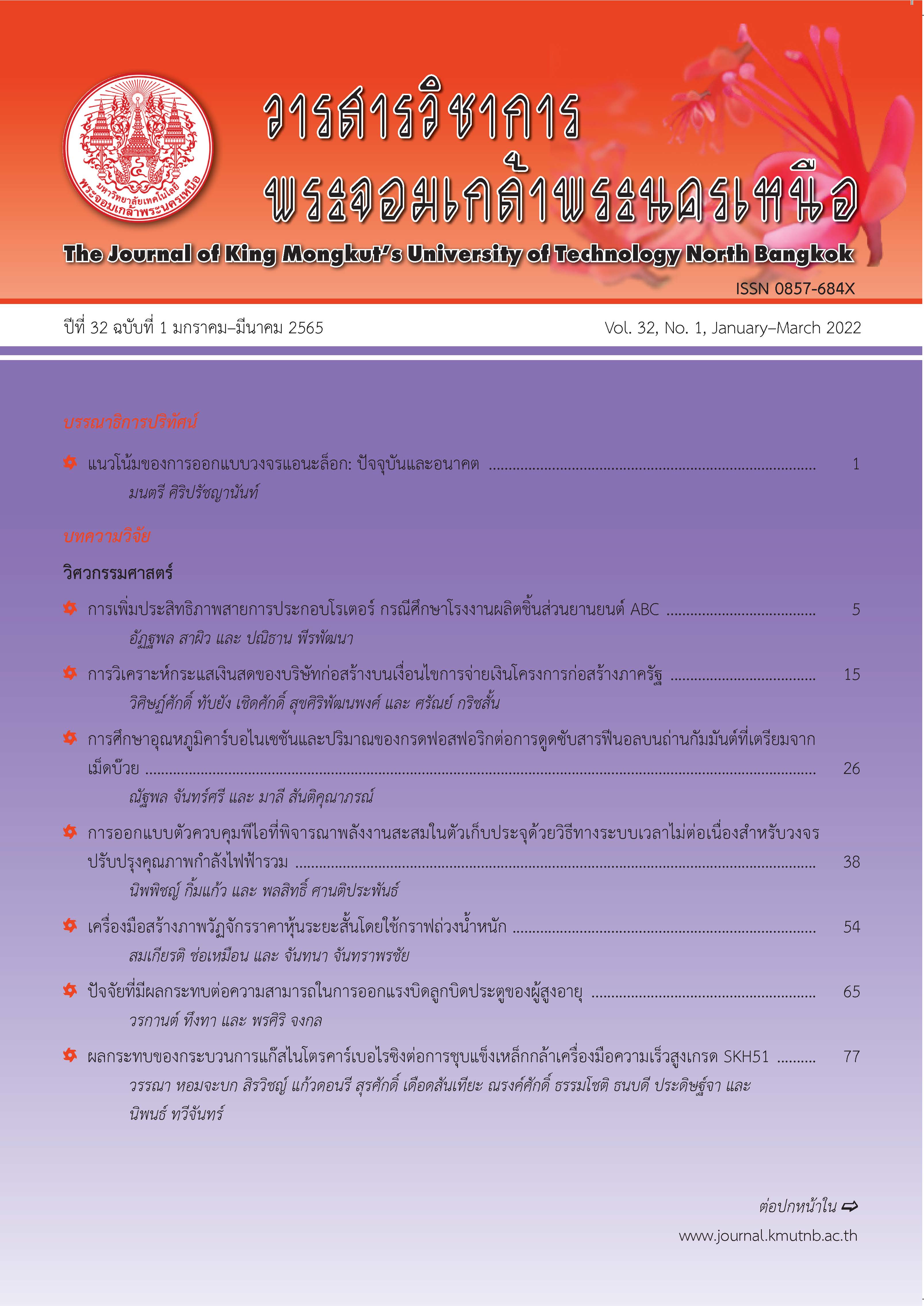The EEG Brain Signals Related to Humans Lie Activity by Lightweight Device
Main Article Content
Abstract
The brain function in human activities generates the chemical transmitting between neurons causing small electricity current. Now, there are several tools to record the chemical electric data in human brain. Accordingly, the easy method of the brainwave collecting is the Electro Encephalo Graphy (EEG) which places the electrode on the important head point. In this paper, authors used NeuroSky MindWave device to record the EEG. Researchers focus on answers, true or false, from 5 participants with 8 animal pictures that they had seen. For first round, the participants should give the type of animals as true answers. For second round, participants gave the type of animals with false answer. In the experiment, we designed the time to collect the wave in 80 seconds for each round. We separated the time range with 1 to 20 seconds and 61 to 80 seconds for meditation and we analyzed the wave in 21 to 60 seconds ranging by the time looking at each picture for 5 seconds. After that, we analyzed the results based on the hypothesis testing with t-test score and p-value. Finally, we found a higher change on alpha, theta and gamma signals with the statistically significant acceptance.
Article Details
The articles published are the opinion of the author only. The author is responsible for any legal consequences. That may arise from that article.
References
[2] G. Schalk and J. Mellinger, A Practical Guide to Brain–Computer Interfacing with BCI2000. London: Springer., 2010, pp. 9–10.
[3] NeuroSky. (2009, December). Brain Wave Signal (EEG) of NeuroSky, Inc [online]. Available : http://sleepshepherd.com/wp-content/uploads/2016/02 /neurosky-vs-medical-eeg.pdf
[4] J. Naraballobh, D. Thanapatay, and J. Chinrungrueng, “Effect of auditory stimulus in EEG signal using a brain-computer interface,” presented at the 12th International Conference on Electrical Engineering/Electronics, Computer, Telecommunications and Information Technology (ECTI-CON), Hua Hin, Thailand, 2015 (in Thai).
[5] P. Sittiprapaporn, T. Khampratheang, S. Taseetong, and Djohan, “Lightweight electroencephalohraphic study of spatial ability in adult obesity,” presented at the 15th International Conference on Electrical Engineering /Electronics, Computer, Telecommunications and Information Technology (ECTI-NCON 2018), Chiang Rai, Thailand, 2018 (in Thai).
[6] A. B. Genete, C. R. E. Mancilla, L. R. Mauleon, I. X. S. Roperos, and J. D. O. Tateligan, “ThinkGearTM pattern recognition algorithm for body movements using relativity,” presented at International Conference On Circuits, Systems, Communications, Computers And Applications, Kuala Lumpur, 2015.
[7] P. Khemapathumak, S. Lookhanumanchao, and P. Sittiprapaporn, “EEG power spectra during stroop color word task training in obese patients,” presented at the 14th International Conference on Electrical Engineering/Electronics, Information Technology (ECTI-CON), Phuket, Thailand, 2017 (in Thai).
[8] E. A. Larsen, “Classification of EEG signals in a brain-computer interface system,” M.S. thesis, Department of Computer and Information Science, Norwegian University of Science and Technology, Trondheim, 2011.
[9] NeuroSky. (2009, December). NeuroSky Developer Document [Online]. Available: http://developer. neurosky.com/docs/doku.php?id=neurosky_101
[10] The MathWorks Inc. (2017, March). MATLAB, [Online]. Available : https://www.mathworks.com/help/pdfdoc /matlab/getstart.pdf
[11] NeuroSky. (2016, July 6). Stream SDK for PC Development Guide [Online]. Available: http:// developer.neurosky.com/docs/doku.php?id=developer_tools_2.5_development_guide
[12] NeuroSky. (2017, January). ThinkGear Serial Stream Guide [Online]. Available: http://developer.neurosky.com/docs/doku.php?id=developer_tools_2.5_development_guide

